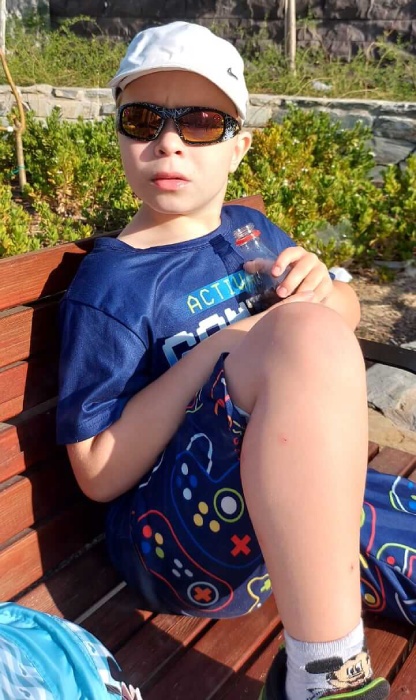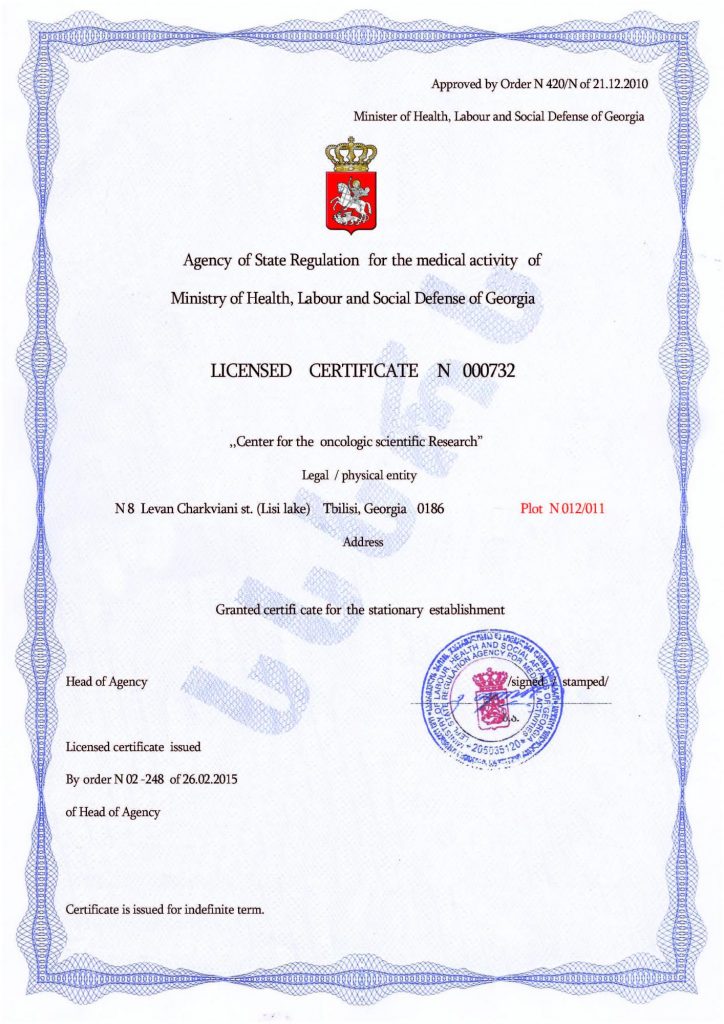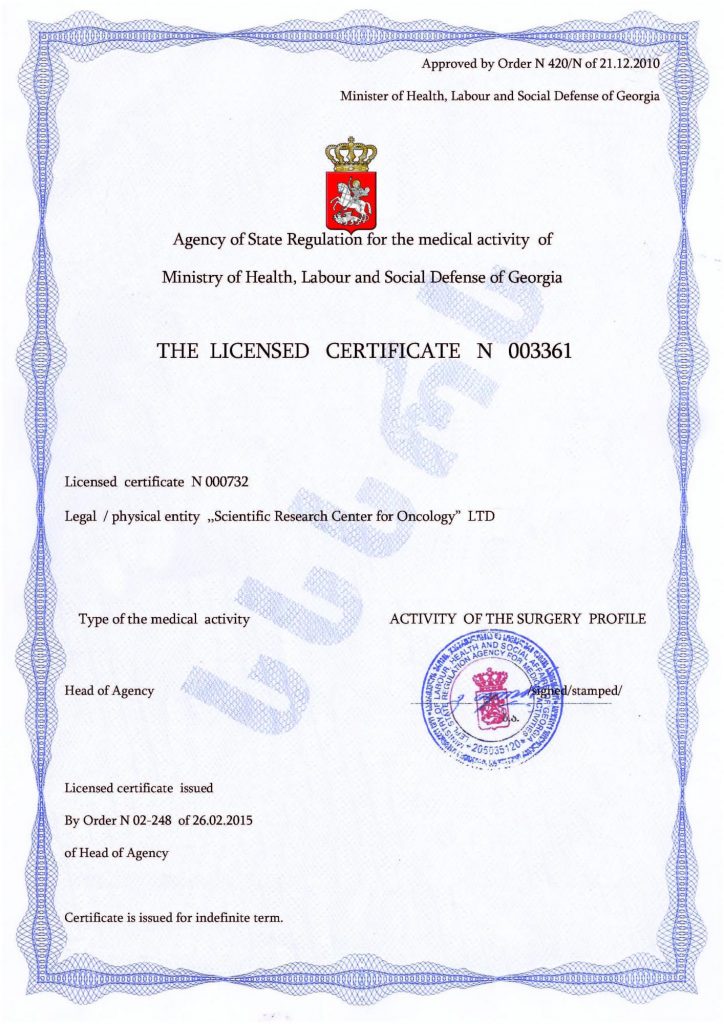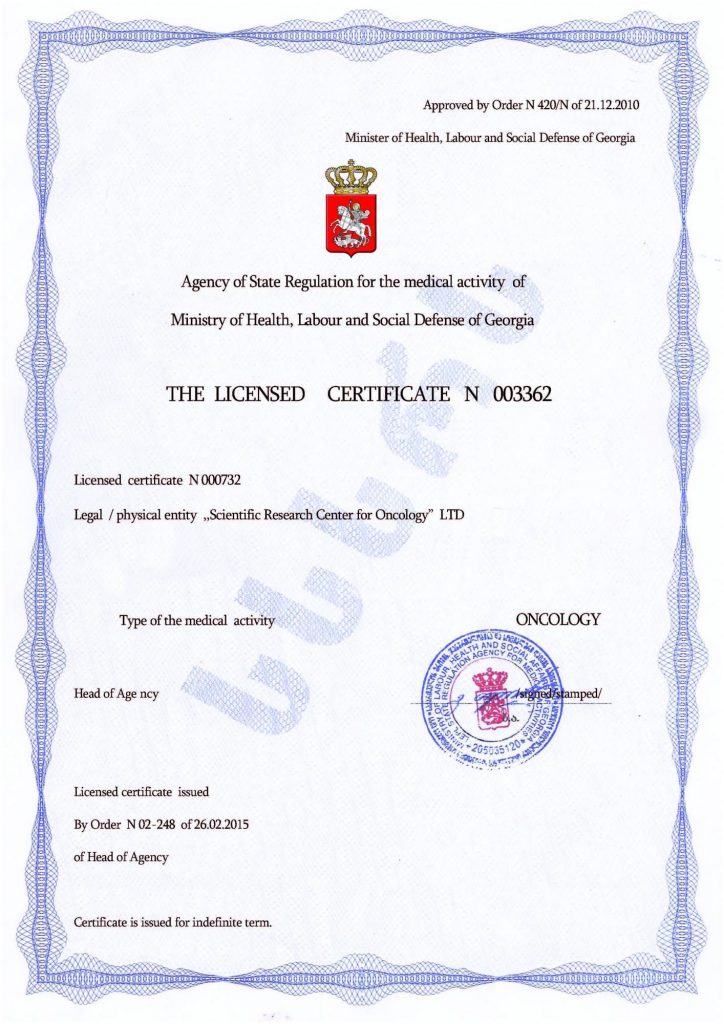Play and Autism: An Exciting Discovery of the World
Many types of activities children engage in have a goal or purpose. These include eating, cleaning, coloring pictures, and other everyday tasks that are meant to distract or occupy the child. Games can also be included in this list, which are not just a way to pass the time.
Play plays a very important role in a child’s emotional, physical, social, and cognitive development. Children use their senses (sight, hearing, taste, smell, and touch) to interact with the environment, helping them explore and understand how the world around them works.
Play activities can be divided into several categories. The primary form of play, in which children are involved from an early age, is called functional play. It involves repetitive actions like throwing, tapping, or stacking. According to psychologist Jean Piaget, this behavior can be compared to scientific experiments. Throwing objects and observing their fall help the child learn that unsupported objects always fall to the ground (the child, of course, is not aware that they are confirming Newton’s law of gravity). Since the sensory system is widely engaged, Piaget classifies this type of play as sensorimotor.
The next stage involves using objects as symbolic substitutes. At this stage, play becomes symbolic or role-playing. For example, a child may pretend that a remote control is a mobile phone. This process fosters imagination, memory, understanding, and the ability to reproduce objects using available alternatives. Over time, actions become more complex, incorporating more complicated scenarios and roles—children may “play school,” with one acting as the “teacher” and the others as “students.” In this way, play participants simulate real-life interactions that will be useful to them in the future.
The third stage involves play based on predefined rules. This includes competition, evaluating the opponent’s qualities, and other factors that must be considered to achieve the desired outcome—victory. Examples include chess, hide-and-seek, and other games that allow the child to form hypotheses and test them in a specific, logical way.
The Development of Play Skills in Children with Autism
The development of play skills in autistic children differs significantly from that of their neurotypical peers. Most autistic children are limited to functional play because they struggle with attention span, perceiving perspectives, and understanding rules, which makes it difficult for them to participate in other forms of play. As a result, their ability to promote cognitive and social development through play is limited.
Children with autism spectrum disorders also experience a deficit in “Theory of Mind,” and this can partially explain the challenges they face in understanding social situations. “Theory of Mind” is a critical cognitive process that distinguishes a child’s ability to participate in more complex games, such as role-playing and rule-based games.
This concept involves the ability to understand that people have their own thoughts and feelings. It also includes recognizing the states of others based on signals gathered from various cues, including nonverbal ones. In play, understanding abstract concepts, planning, and considering another person’s perspective is crucial. Conversely, engaging in play helps develop these cognitive processes, leading to the growth of “Theory of Mind.”
Making Play More Meaningful and Developmental
The root cause of the unique perception of reality—autism—can be addressed to make play more meaningful and developmental. There are various correction methods, but the main issue is not their questionable or insufficient effectiveness but that they only reduce the severity of the symptoms without eliminating the disorder itself. Currently, only cellular therapy is capable of achieving this, representing the most effective, safe, and natural approach.
Cellular therapy involves transplanting the patient’s own stem cells, which have the unique ability to transform into any other type of cell. This process replaces defective cells with healthy counterparts, leading to the normalization of brain and nervous system functions. Since stem cells are sourced from the patient’s own body, rejection of the transplanted material is excluded. The result is improved behavior, alleviation or complete disappearance of other symptoms, and accelerated development. Positive changes occur quickly, last long-term, and often remain lifelong, which, in turn, enhances the effectiveness of other autism correction measures.
Cellular therapy, a relatively new approach, has already gained widespread recognition in the scientific and medical communities and may become the primary technology for treating autism in the future. Currently, it is practiced only by leading clinics around the world, though their number is still limited.
Among them is the Mardaleishvili Medical Center, where highly qualified doctors with extensive successful experience in stem cell transplantation use cutting-edge equipment to achieve the best possible therapeutic results. The level of treatment meets the strictest global standards, while it is more affordable than in other countries. Additionally, the center offers comprehensive assistance with trip planning and a variety of logistical issues, such as accommodation during the rehabilitation period.
Cellular therapy—an opportunity to open up the whole world to your child!
Autism Treatment Center Videos
Autism treatment with own stem cells
Cord blood association congress
International Quality Crown
Autism Treatment Reviews
Autism treatment with own stem cells
The story of Alessandro (6 years old)
Autism Patient Testimonial - Stem Cell Treatment
Clients Testimonials

Anna – Sasha’s mother Read More
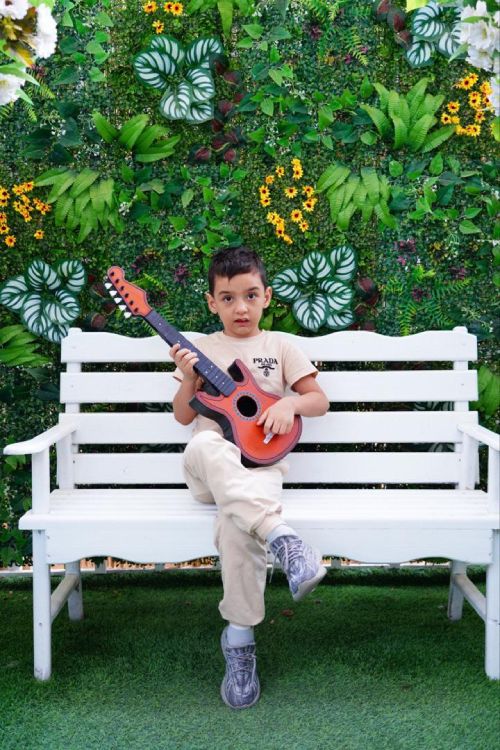
Amirkhon’s father — Tokhir Read More

Dilana’s mother Read More
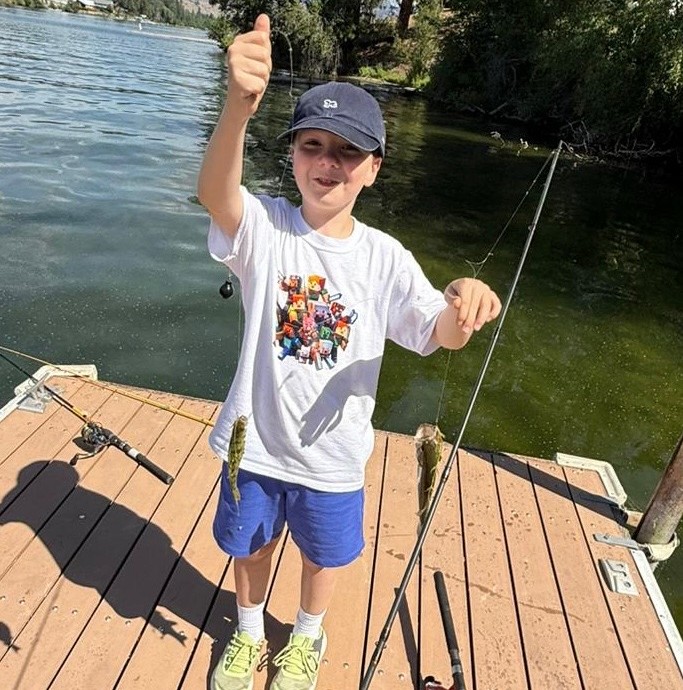
Irina and Stefan – Ilya’s parents Read More

Kristina – mother of Nelly and Nik Read More
